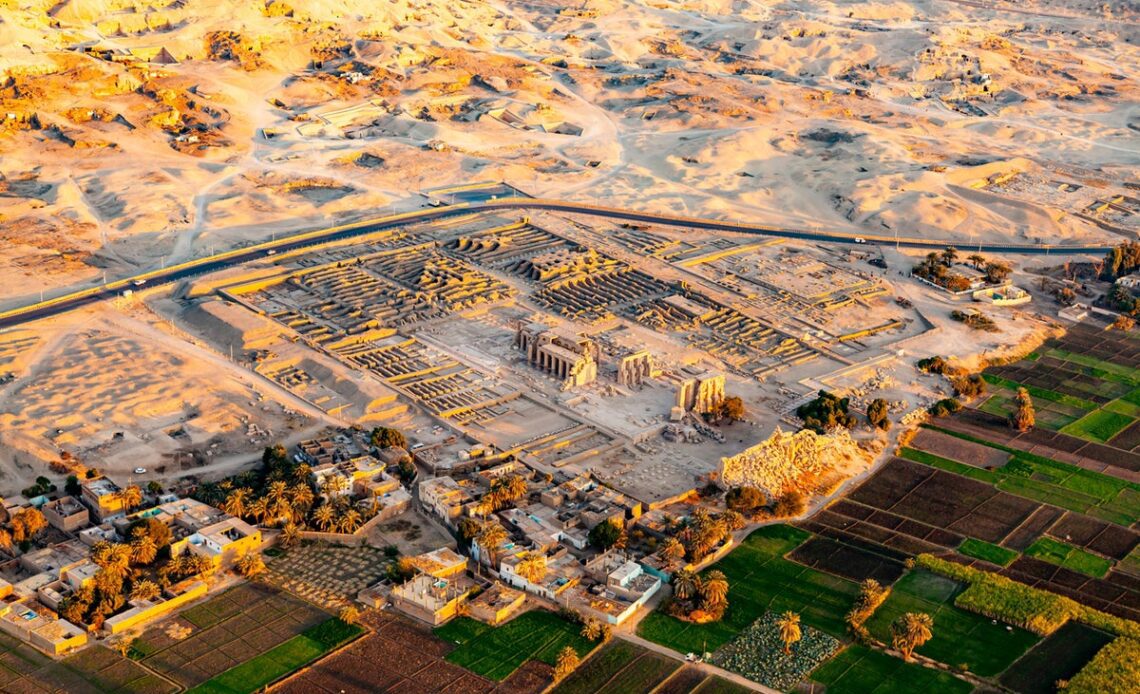Trade Red Sea resorts for a historic holiday to majestic temples and pharaoh tombs in Egypt’s eastern city.
Lapping the banks of the crocodile-peppered Nile, Luxor, once Egypt’s ancient capital Thebes,fuses a rich variety of the old and the new – the east and west banks divided by Africa’s longest river.
Cosmopolitan Cairo may have the pyramids, but Luxor, a designated World Heritage site since 1979, is not without its own historic institutions, buzzing souks and Nile cruises.
With a host of visible history in archaeological sites, preserved artefacts and Theban necropolis, the city is known as one of the world’s “greatest open-air museums” for good reason.
From embracing Bedouin cuisine to the grandeur of the Winter Palace and reaching new heights on hot air balloon rides, fill your time in this Unesco hotspot by embracing the past on a sun-soaked cultural break.
Read more on Egypt travel:
Tour the Valley of the Kings
The valley is home to the tombs of pharaohs past
(Getty Images/iStockphoto)
Two dry river valleys, split into an east and west bank much like Luxor city, form an ancient burial ground for excavated tombs of the nobles of the New Kingdom. In the east, carved deep into limestone rocks to deter tomb raiders, the Valley of the Kings sits under the Al Qurn Mountain. The valley is the resting place of over 60 ancient Egyptian tombs, including the tomb of young king Tutankhamun discovered in 1922. From around 1550BC the pharaohs, nobles and royals from 18th to 20th century dynasties were buried here with their possessions in preparation for the afterlife.
The world-renowned archaeological site is a highlight of a Luxor holiday, with a ticketed visitor centre and a limited number of tombs open to the public at any time to control potential damage.
Visit Karnak Temple after dark
The complex of temples, pylons and obelisks lights up at night
(Getty Images/iStockphoto)
Built during the Middle Kingdom era, Karnak Temple comprises three compounds dedicated to the Theban triad: Amun, Mut and Khonsu. The colossal complex of pylons, chapels and shrines was developed over 1,000 years between the 12th and 20th dynasties on the east side of the Nile’s bank – a significant memorial to Egyptian cultural history and the work of dozens of pharaohs.
A nightly “Sound and Light Show” in 10 different languages illuminates…
Click Here to Read the Full Original Article at The Independent Travel…
